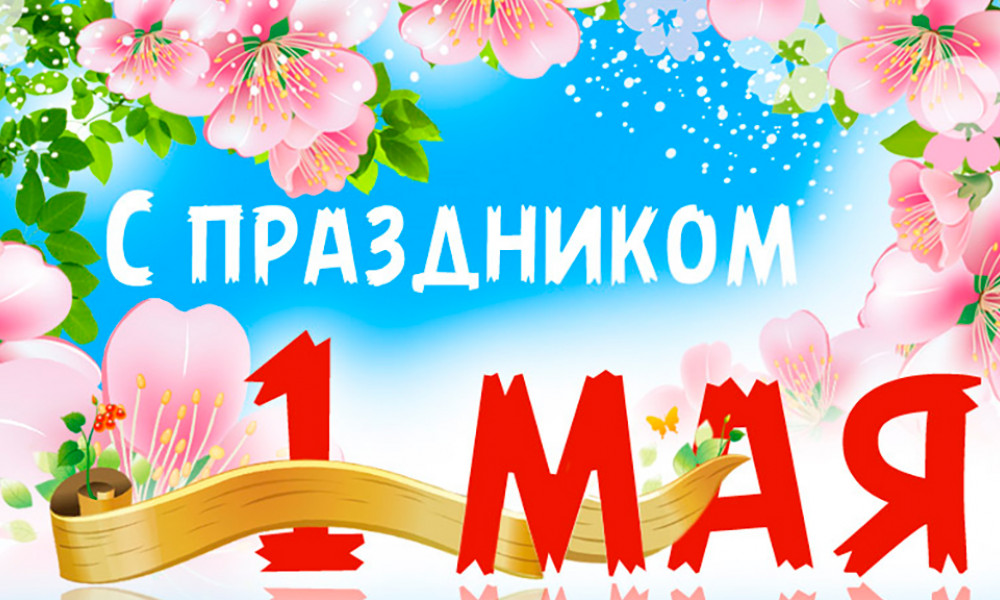The day of the worker's solidarity

The history of this holiday begins as early as the 19th century, when a rally for the introduction of an eight-hour working day was held in Australia, the US and Canada on May 1, later they were joined by France, which proclaimed it as the International Day of Workers' Solidarity.
In Germany, the holiday began to celebrate after Adolf Hitler came to power. Today on this day the Germans are conducting Hoffeste - courtyard holidays. May Day in Berlin is also known for violent clashes between members of radical leftist groups and the police.
In India on May 1 they celebrate since 1923. Now this is a national banking holiday. He is also connected with the working-class movement of the Communist and Socialist parties. In some states, this day is the day of the state.
In Finland, May Day is a spring carnival of students. In Helsinki, the celebration begins on the 30-th of April, when students put on a white cap, the headgear of entrants, on the statue of the nymph Havis Amanda. At this moment, all present also put on their caps and open champagne. A white entrant's cap is received by those who graduated from the Lyceum and passed the final examination.
In the CIS countries, the 1-st of May is closely connected with the Soviet ideology, because on that day there were mass demonstrations and the holiday was of a political nature. Traditionally, this day is also called to be May Day. This is a family meeting or a group of friends for a picnic. Initially, in pre-revolutionary Russia, May Day was an illegal meeting of workers, arranged outside the city on the 1-st of May. Such holidays was persecuted by the tsarist police.
According to the materials of calend.ru





















